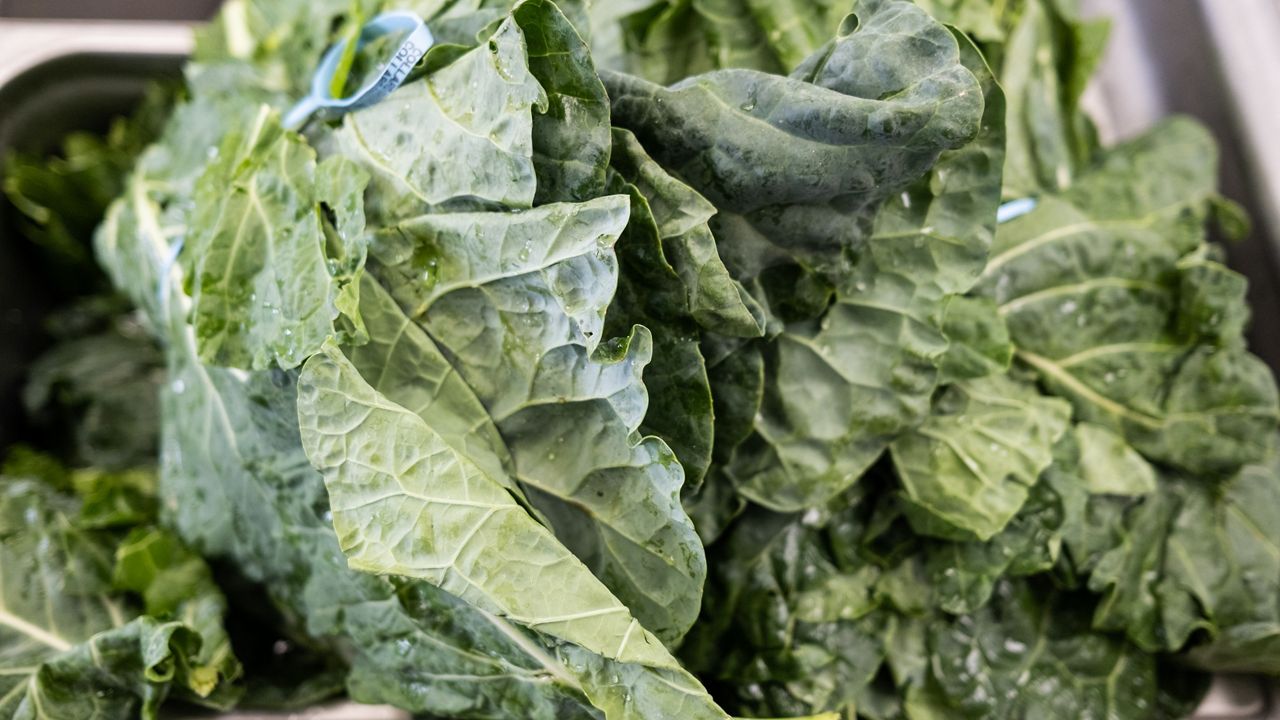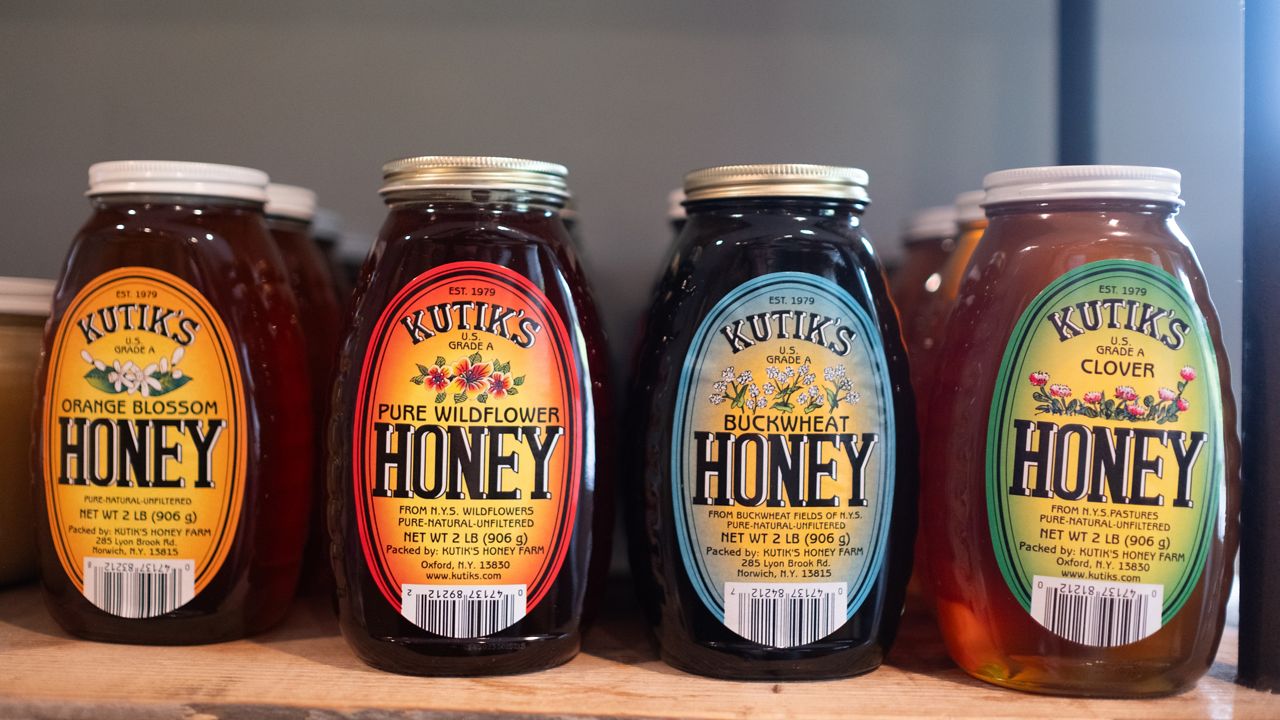Think you’re eating healthy? You may want to take a look at the new proposed guidelines released by the Food and Drug Administration that will recategorize some foods we once felt good about eating.
The new standard would limit the amount of added sugar, which was not previously included in the standards, and sodium for a food to be labeled as healthy. The FDA suggested no more than 230 milligrams of sodium and 2.5 grams of added sugars.
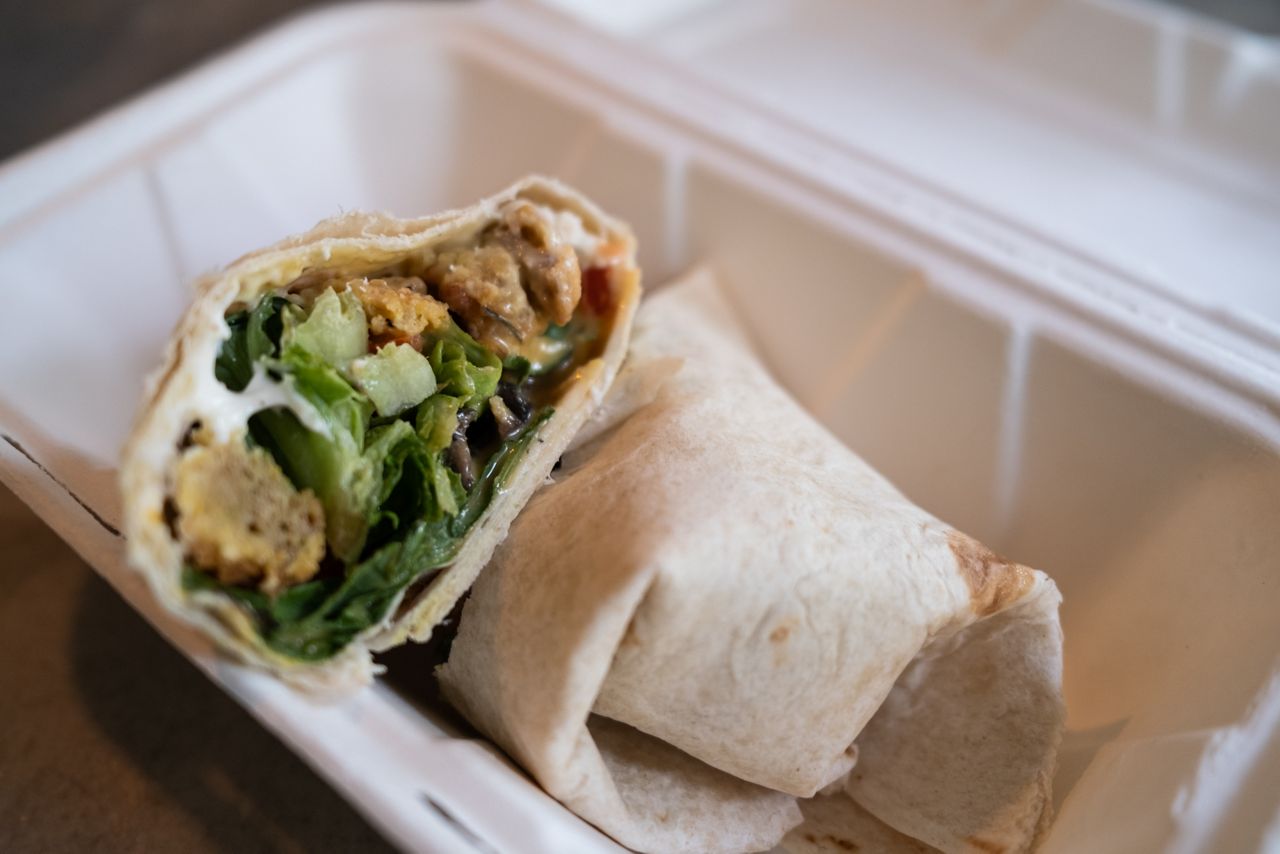
“To qualify as healthy under the new rule, foods must have a meaningful amount of food from at least one of the main food groups or subgroups—fruits, vegetables, dairy, whole grains, etc.,” the new standards read.
The rule has only been proposed and not enacted yet but the FDA. They are expected to accept the recommendations by the end of the year.
The goal of these changes, according to the FDA, is to help reduce chronic health issues caused by obesity among Americans by encouraging healthier eating patterns.
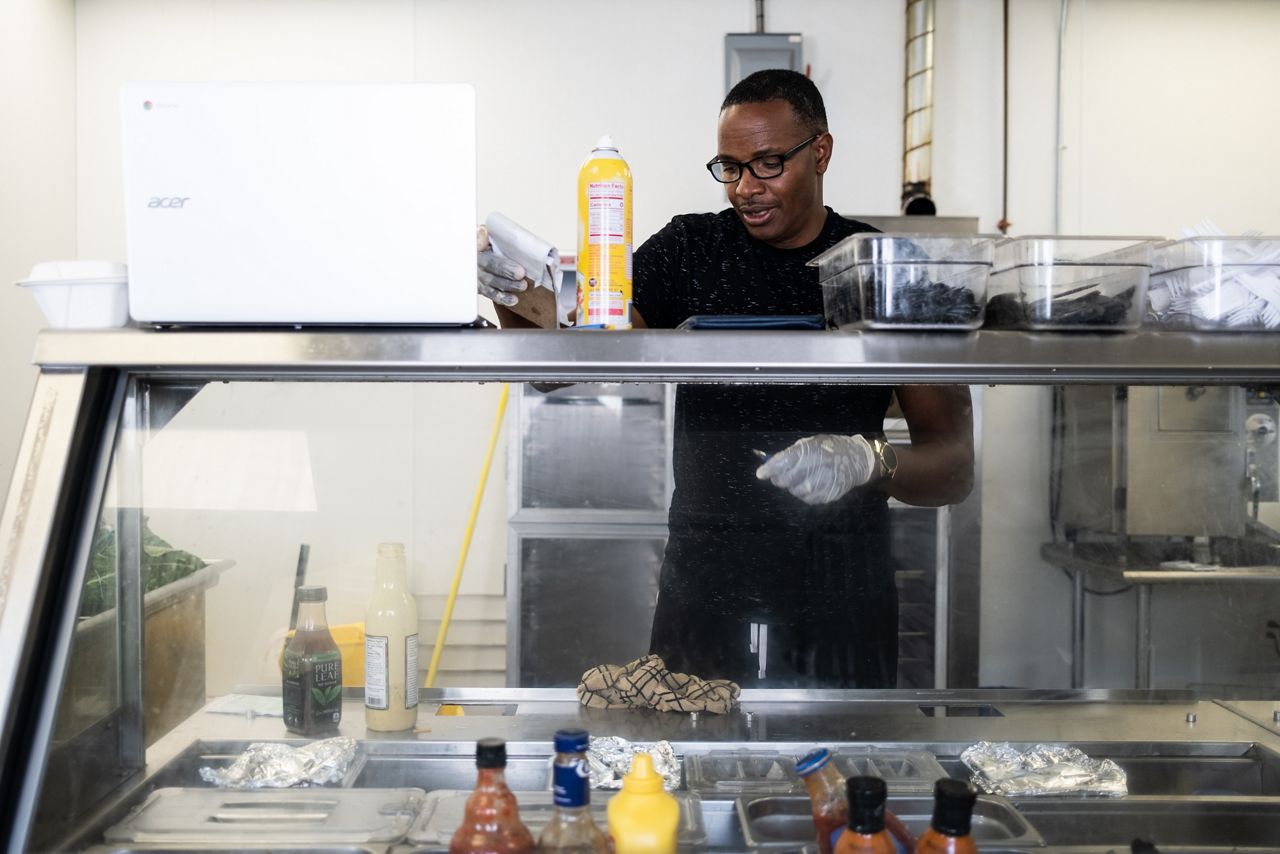
Rev. Curtiz Levy, who owns the vegan restaurant Razzle Dazzle in Syracuse, said it’s important for consumers to be aware of the food they are eating and know what’s in it, though he added the changes won’t impact his business.
“It's time to produce what we say is healthy, and we want to be able to give people some really good suggestions,” said Levy. “It’s important for consumers to know these things.”
Since the COVID-19 pandemic, people are more concerned about their health than they were before, Levy said.

Adrienne Bitar, a lecturer at Cornell University who specializes in the history and culture of food and nutrition, said the change will educate consumers more on their food choices.
“Studies have shown that with menu labeling [at restaurants] and front of package labeling is a learning component,” said Bitar. “So, you could make the argument that if consumers acclimate to seeing these labels and have a better understanding of what they mean, it's possible that they would bring that education to when they dine out, which is very frequent.”
Bitar said the FDA has been trying to regulate the term healthy for quite some time, but it is an amorphous and vague concept. Prior to the proposed update, the guidelines were outdated, she said.
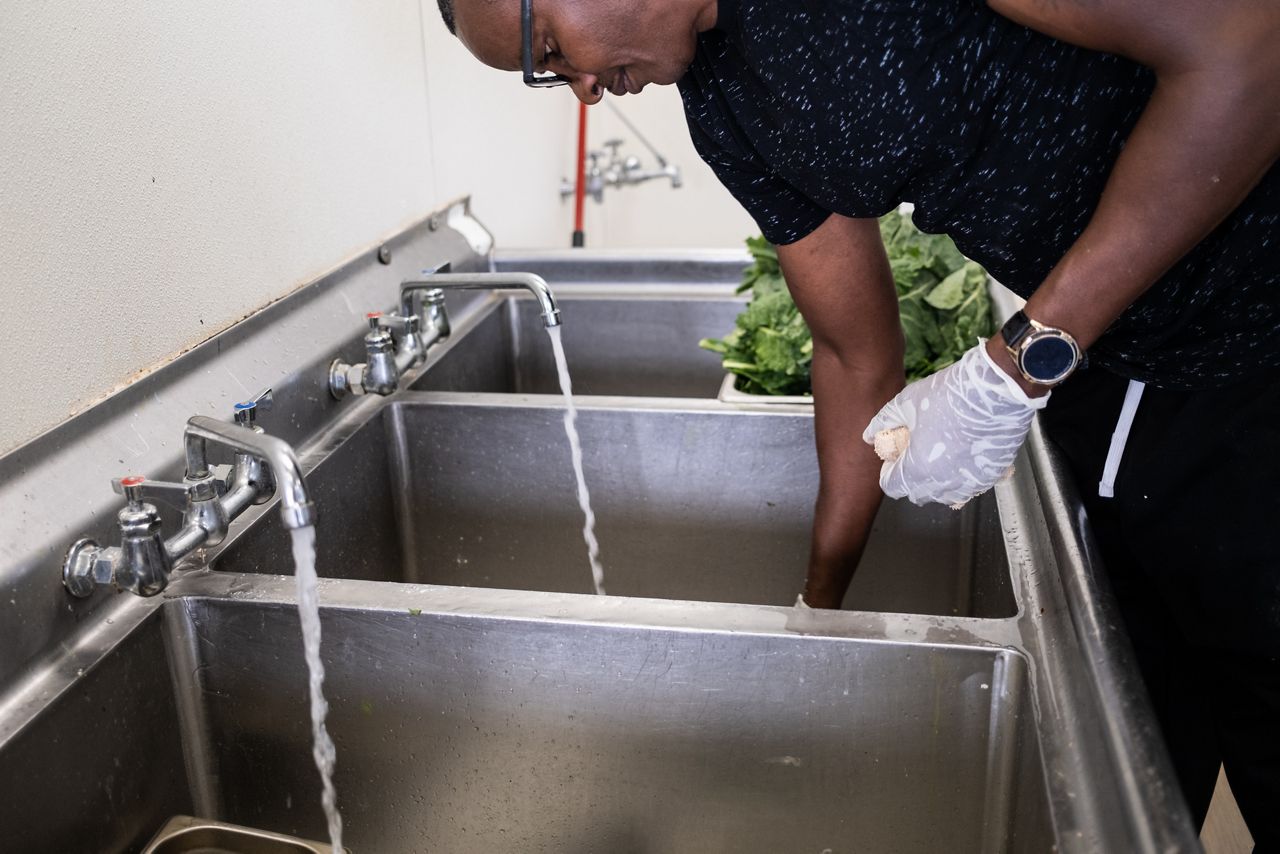
“Before this new ruling, fortified foods that had a certain quantity of vitamins, they just pumped vitamins into for example, like sugary cereal, could be labeled healthy,” said Bitar. “This is where the controversy comes from. Naturally occurring whole foods like nuts, might not be labeled healthy, because they have a really high percentage of saturated fat. That sort of defies common sense, especially now. So those old guidelines from the 90s are outdated, because it's very, very rare in this country to suffer from a disease caused by a vitamin deficiency like scurvy.”
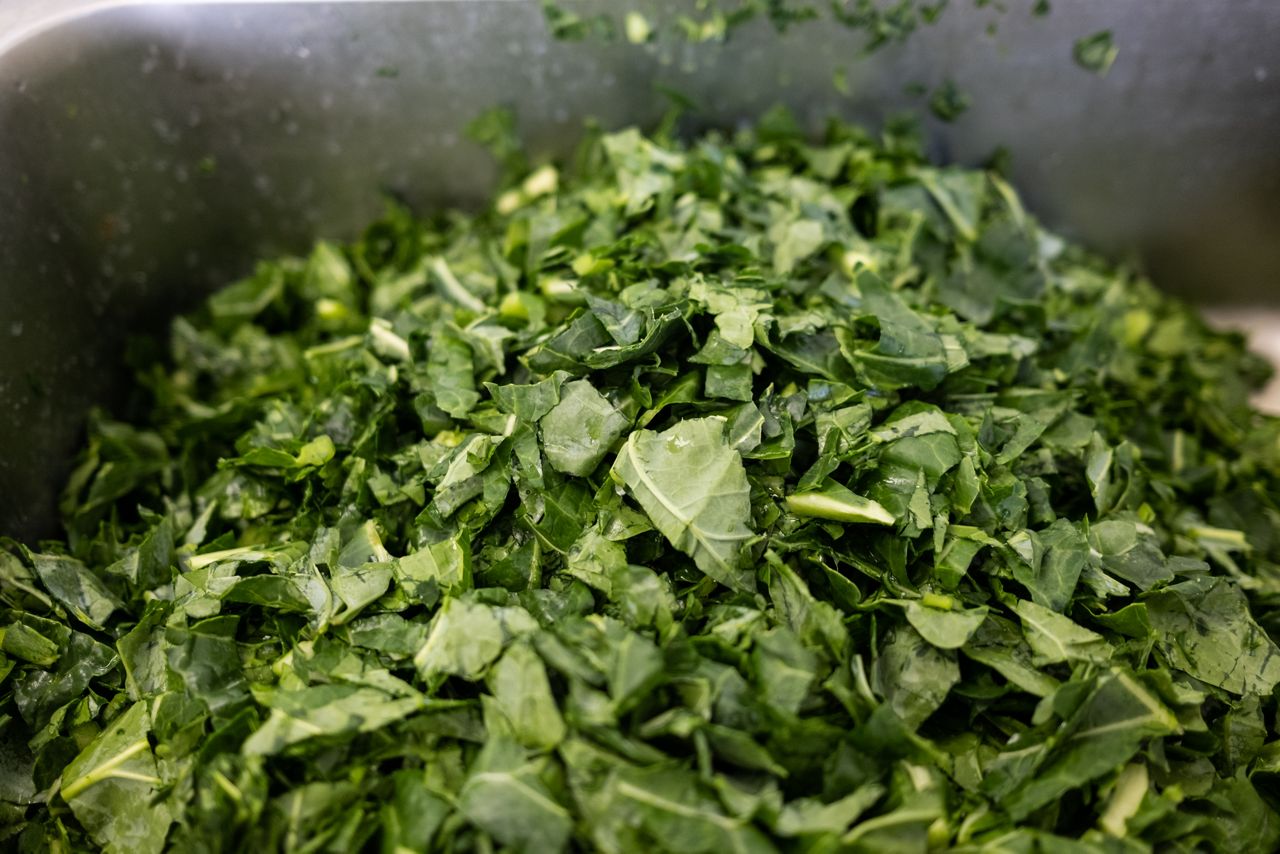
Bitar said she believes the government could do more in this area to help Americans consume healthier foods. For example, changing MyPlate to reflect a more scientific approach. MyPlate is the dietary recommendations from the government for what should be on your dinner plate to be considered healthy.
“MyPlate could be redone, like the dairy. Canada’s MyPlate is totally different, it has no dairy,” said Bitar. “We should try to dissociate the food industry from the agricultural states and just really try to think objectively using science and nutrition to think seriously and closely about public health without thinking about the big business of food and agriculture.”

She said she doesn’t think the FDA redefining healthy food won’t completely change American’s eating habits, but it’s a good start.
“It's a step in the right direction if it's applied well, but I can't imagine it really like revolutionizing consumers approaches to food and eating United States,” she said.





